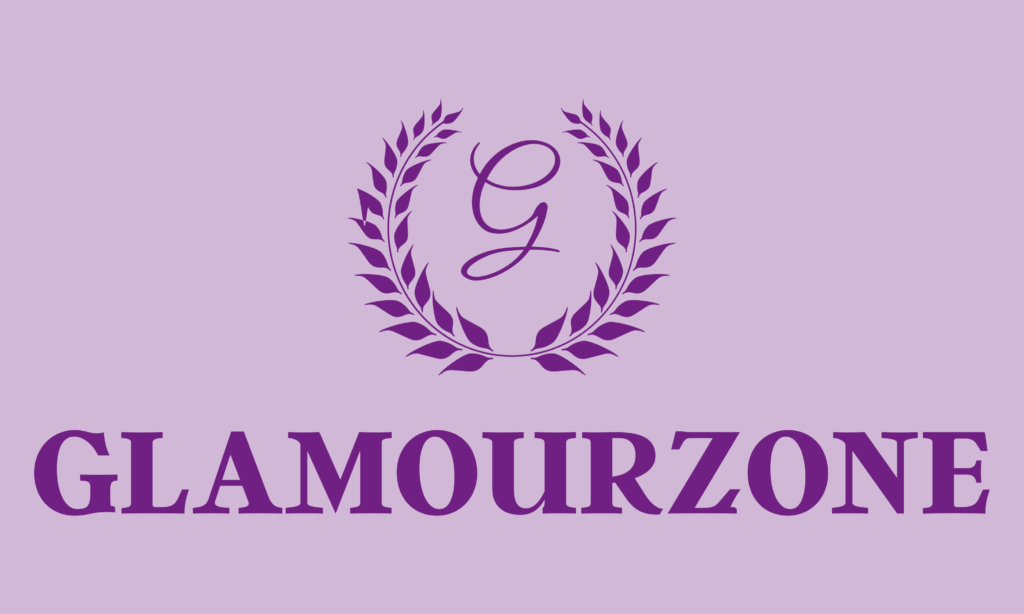I believe it’s crucial to understand the components of the products you’re using, especially when it comes to skincare. What you put on your skin can make a tremendous difference to its health and appearance. This guide is aimed at helping you make personal care more personal by decoding what’s in your skincare.
Let’s start by differentiating between active and inactive ingredients. Active ingredients are the ‘workers’ of your skincare routine. They target specific concerns and produce results. Retinoids, for instance, can diminish the appearance of wrinkles and boost collagen production, while vitamin C brightens the complexion and fights free radicals.
Inactive ingredients aren’t just filler. They can stabilize active ingredients, enhance texture, and even facilitate absorption into your skin. Think of them as the support system that ensures your skincare performs optimally.
Through this, you can begin to see why a straightforward product label – listing both active and inactive ingredients – is more of a treasure map to healthier skin rather than a confusing jumble of terms. Once you learn to navigate these labels, you can tailor your skincare regimen to precisely what your skin needs.
BE MINDFUL that not all ‘natural’ ingredients are inherently good, nor are all ‘synthetic’ ingredients bad. It’s about their safety, efficacy, and how they work with your skin that counts. there are a number misconceptions a sin most fields however being able to identify reliable sources of information will aid in learning truths about natural vs. synthetic in your skincare journey.
its essential to understanding product labels and while choosing ingredients that address your skin’s unique concerns. You’ll need to learn how to sift through marketing language to uncover the valuable information that leads to well-informed decisions for your skin’s health.
Product link https://amzn.to/3Zx7SyB
